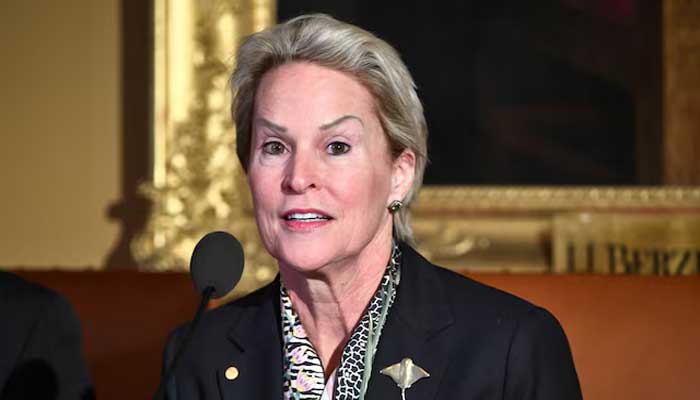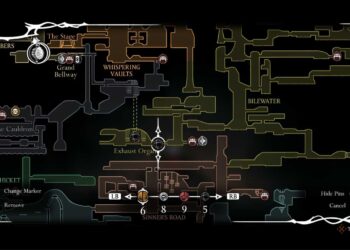Select Language:
Some Nobel laureates have always been straight-A students from the start. However, others—based on interviews—share stories of skipping classes, facing expulsions, and questioning their futures.
Albert Einstein, arguably the most renowned Nobel winner, was once a below-average student at Zurich Polytechnic, now ETH Zurich. In 1900, he ignored classes, was solely interested in physics, and finished near the bottom of his class. After graduation, he wasn’t offered a research assistant role, according to ETH Zurich’s website. Despite early setbacks, he later earned the Nobel Prize in Physics in 1921.
Frances Arnold, who received the 2018 Nobel Prize in Chemistry, also had a turbulent educational journey in the United States during the 1960s and 1970s. She recalled, “I was disruptive, bored, and beyond what most students were doing. Teachers often gave me small projects like decorating the classroom.” At age 10, she started taking high school courses such as geometry, which she initially enjoyed. But by her teenage years, she lost interest, stopped attending school, and was expelled. “I wasn’t really interested in what they taught, or I learned on my own from textbooks. I managed to pass despite missing many classes,” she said. Now at 69, she admits her path isn’t a model to follow but believes schools should be more flexible, especially for students who need extra support.
Overcoming challenges
David Card, awarded the Nobel in Economics in 2021, also had an unconventional educational background. “Most people I’ve met in an economics PhD program have backgrounds unlike mine—growing up in rural schools,” he explained. Born on a Canadian farm in the 1950s, he attended a small, one-room schoolhouse where one teacher managed about 30 students at various grade levels. He described the teaching approach: “The teacher would spend some time with each grade, so I paid attention to subjects beyond my own grade, which helped me learn quickly.” He acknowledged that this system worked well for accelerating students but lacked the personalized support some learners needed.
According to the Nobel Foundation, other laureates faced significant academic hurdles before winning the prize. Elinor Ostrom, the first woman to win the Nobel in Economics, was rejected when applying for a PhD. Carol Greider, the 2009 Nobel in Medicine recipient, struggled with dyslexia as a child. Tomas Lindahl, who took home the 2015 Nobel in Chemistry, failed high school chemistry.
Humble beginnings
Both Arnold and Card began working at young ages, viewing it as pivotal life experience. During her teens, Arnold worked as a waitress, receptionist, and taxi driver. “Those jobs helped me appreciate what a college education can do for your career,” she said. “And they taught me how to manage my time.” Similarly, Card balanced school with farm chores early on. “Back then, homework wasn’t heavy, leaving plenty of free time,” he recalled. “I helped my father on the farm, learned to drive a tractor by age 11, and helped milk cows at dawn before heading to school.”
Both scientists experimented with different subjects before discovering their true passions. Arnold studied mechanical engineering and aeronautics before shifting to chemistry. “I wasn’t sure what I wanted to do, so I chose mechanical engineering because it had the fewest requirements,” she admitted. Card initially studied physics but later switched to economics. Despite their unconventional routes, both ultimately achieved remarkable success.






